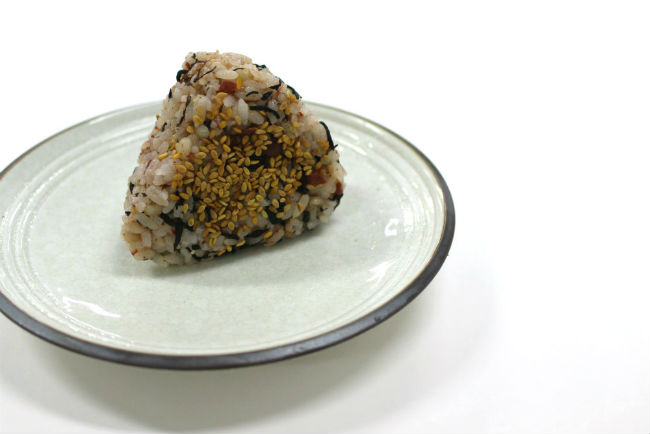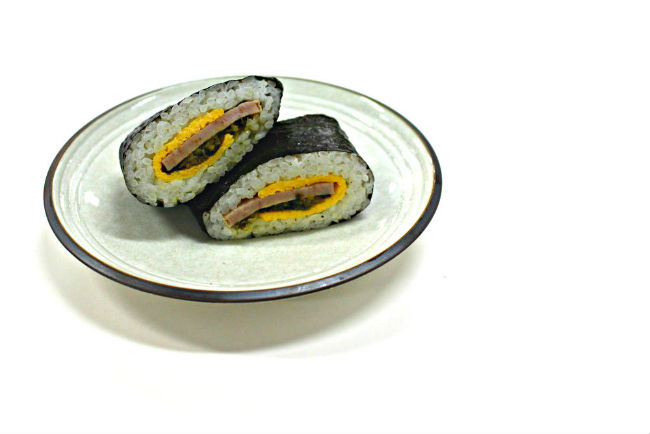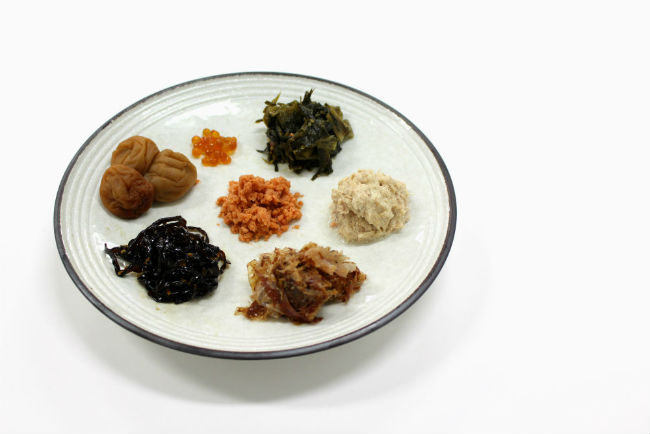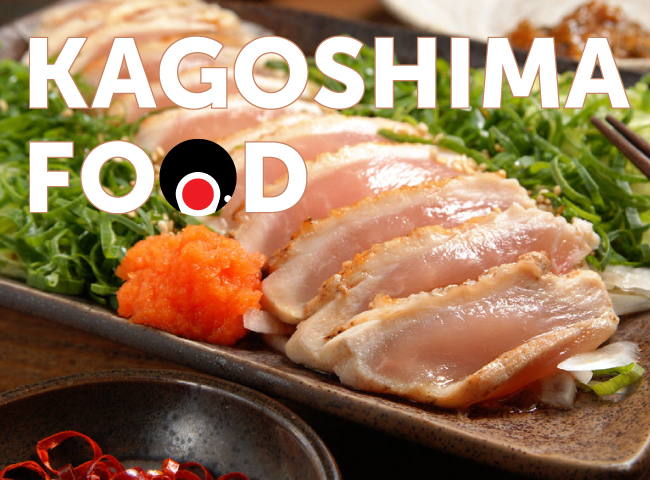A Guide to Japanese Rice Balls (Onigiri): Fillings & Forms

Onigiri, also known as “omusubi”, is a Japanese rice ball. It’s one of the simplest yet most beloved Japanese foods, enjoyed by everyone from small children to adults. Quick and easy to make, onigiri keeps well and is highly portable, making it a convenient bento item. Japanese rice balls are the perfect food for a quick bite between meals, or can be combined with soup and other items for a simple and filling meal. With a wide varieties of types of onigiri and onigiri fillings available, there’s a rice ball out there for everyone.
Types of Onigiri
At its most basic, onigiri is a ball of steaming hot Japanese rice that’s salted and molded either by hand or using an onigiri press to form a triangle, sphere, or cylinder shape. There are countless varieties of onigiri and ways to make it.
Wrapped Onigiri

The most common type of onigiri—and the one that you’ve probably seen in manga, anime, and TV dramas—is wrapped onigiri. The most common onigiri wrapper is a thin sheet of nori (dried seaweed), but other possible ingredients include takana mustard greens, ooba leaf, tororo kombu kelp, salted lettuce, and so on.
Seasoned Onigiri

If wrapped onigiri isn’t your thing, but you want a little more flavor than a plain salted onigiri, you can try seasoned onigiri coated in sesame seeds, ground shiso leaf, or furikake topping. Furikake is a salty Japanese seasoning made with a blend of ingredients that taste good on rice. Common furikake blends include nori seaweed and egg, ume (pickled plum), shiso, shrimp, and dried fish.
Yaki-Onigiri

Yaki-onigiri is a type of rice ball cooked over an open flame on a wire grill until the exterior becomes crispy, then coated in sauce. If you don’t have an open barbecue, you can try using a very hot pan such as a cast iron pan. The sauce varies from soy sauce glazes to savory miso butter.
Mixed Rice Onigiri

While basic onigiri is made with plain white Japanese rice, for a healthier twist many people opt for brown rice or rice mixed with other grains, such as barley. White rice can also be cooked together with ingredients like edamame, wakame seaweed, clams and ginger, or red beans (known as “sekihan”). It’s also possible to make onigiri with fried rice (chahan onigiri) or rice pilaf.
Onigirazu

Onigirazu is a sort of anti-onigiri that doesn’t require being molded into a triangle or ball shape, which has recently become very popular in Japan. Onigirazu was actually featured in a well-known cooking manga over 25 years ago, but has taken off in the past couple of years due to its ease of preparation and attractive appearance. Rather than taking the time to mold the onigiri into a ball, you only need to fold the nori over the rice and cut the onigirazu in half like a sandwich, which reveals its colorful fillings in an appetizing way.
Popular Onigiri Fillings
In addition to plain salted rice onigiri, there’s a wide variety of fillings to be found tucked away inside of rice balls.
Salmon Onigiri
Salmon is quite possibly the most quintessential of onigiri fillings. When used for onigiri it’s called “sake”, pronounced “sha-keh” rather than “sa-keh” like the alcoholic beverage, or “shio-zake”. In addition to salted salmon flakes, you may find salmon mixed with mayonnaise in your onigiri.
Tuna Onigiri
Like sake, tuna is another fish that’s a highly popular filling for onigiri. It’s most commonly mixed with sweet Japanese mayonnaise, and makes for a kind of Japanese take on a tuna salad sandwich. For a bit more luxurious onigiri filling, look for negitoro, or minced fatty tuna mixed with spring onion. You might recognize negitoro as a popular sushi roll ingredient, but the main difference between negitoro rolls and negitoro onigiri—aside from the shape—is that the onigiri version uses plain salted rice rather than seasoned vinegar rice.
Ume/ Umeboshi Onigiri
Another popular onigiri filling is umeboshi, a small pickled Japanese plum that’s very sour. You may find either umeboshi paste or a whole pickled plum at the center of your rice ball—so watch out for the pit! Ume is an especially popular ingredient to eat during the summer as it’s said to be good for combating summer fatigue and heat exhaustion.
Kombu Onigiri
For kombu onigiri, sheets of dried kelp are cooked tsukudani style with soy sauce and mirin (sweet rice wine) until the tough kombu becomes tender and caramelized. The kombu may then be shredded thinly or cut into strips and tucked into a rice ball. This is an excellent onigiri option for vegans and vegetarians.
Okaka/ Umekaka
A somewhat old-fashioned onigiri filling, okaka is a mixture of bonito fish flakes flavored with soy sauce for a bold, salty, smoky fishy flavor. Very similar to okaka is umekaka, or bonito flakes mixed together with umeboshi for a salty, sour filling.
Fish Roe Onigiri
Various types of delicate fish roe are used raw, grilled, seasoned in soy sauce, or mixed with mayonnaise in onigiri. This includes tobiko (small flying fish roe that comes in various jewel-like colors), tarako (a salted sac of cod roe) and its spicy cousin mentaiko, and glistening orbs of ikura salmon roe. The fish roe can be tucked away inside the onigiri, mixed in with the rice, or encrusted over the surface of the onigiri like fine jewels.
Prawn Onigiri
Ebi mayo, or prawn with mayonnaise, is another seafood salad-like onigiri option. If you’re a fan of prawns and want to go for a particularly extravagant onigiri, look for ebi-ten musubi (tempura-fried shrimp onigiri).
Vegetable Onigiri
In addition to kombu and ume-flavored onigiri, there are a number of options available to vegans, vegetarians, and other vegetable lovers. This includes fillings like sauteed takana (mustard leaf), negi miso (miso soybean paste and Japanese leek), matsutake mushroom, and daikon radish leaf with sesame oil. The colorful vegetables make for a highly appetizing treat.
Chicken Onigiri
For a more Western-style of filling, look for onigiri made with chicken, a sort of pilaf rice, or kara-age fried chicken onigiri. Chicken doesn’t keep as well as other onigiri fillings, so be sure to store it with an ice pack or eat it shortly after making or buying.
Japanese Rice Balls (Onigiri/ Omusubi) Are an Essential Japanese Food Experience—and There’s an Onigiri Filling to Suit All Tastes!
If you’re a fan of Japanese food or culture, you would be missing out not to try onigiri. With the wide variety of types and fillings available, you’re sure to find an onigiri that you’ll like, or you can even invent your very own fillings! So grab some Japanese rice, the ingredients of your choice, and try your hands at making a Japanese rice ball. Itadakimasu!









